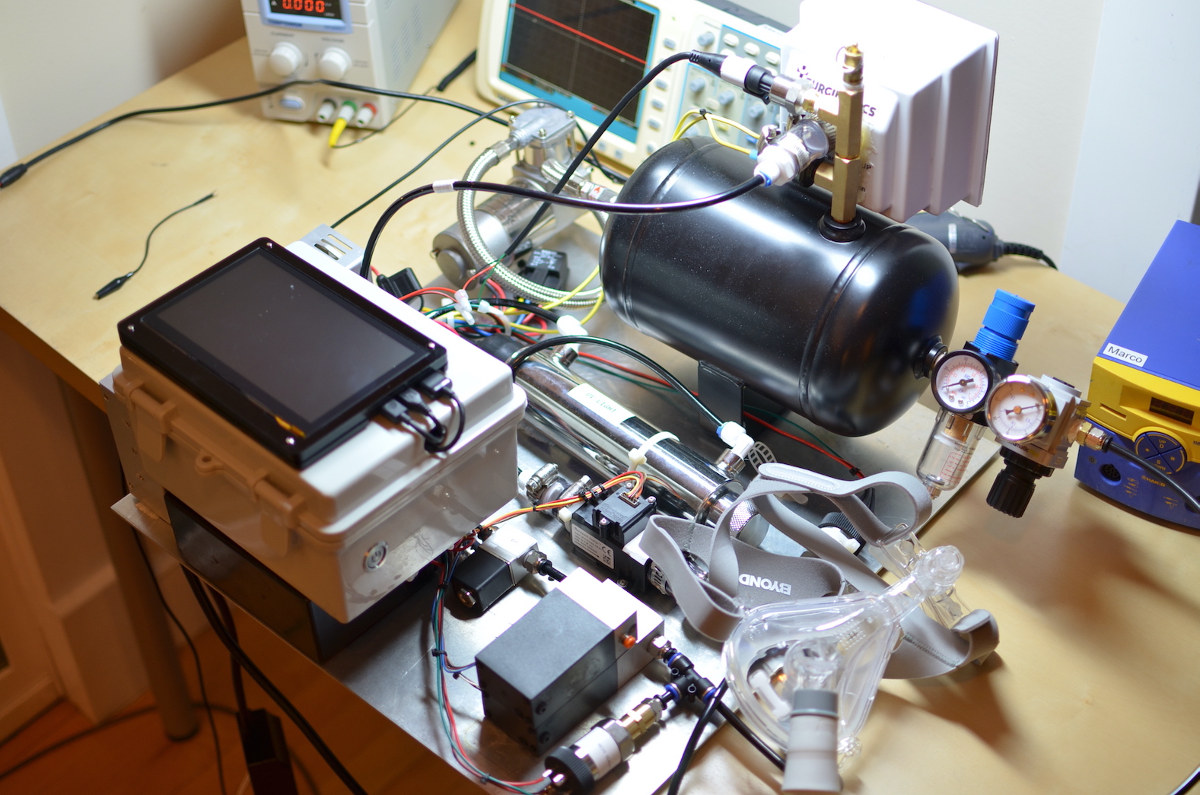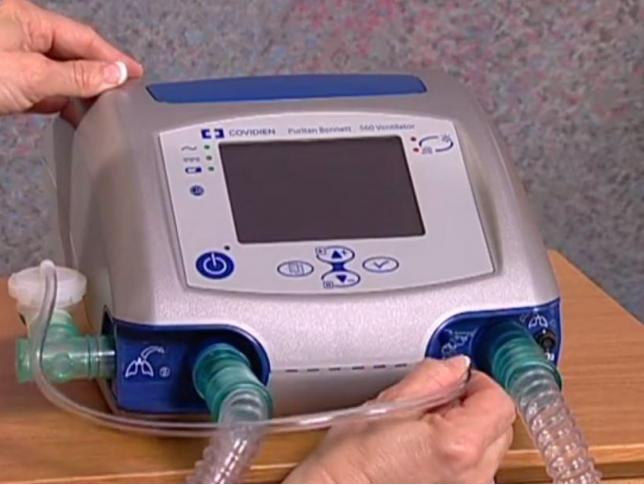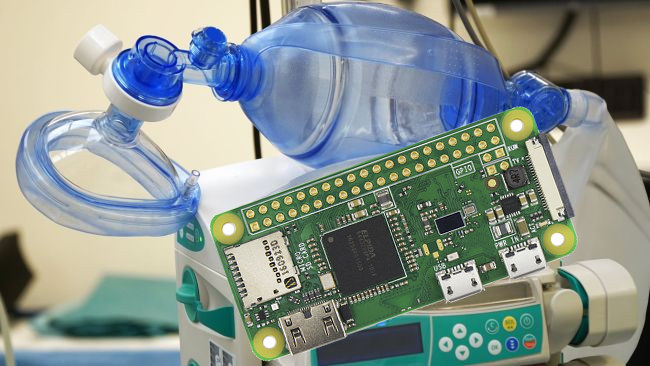With the (potential) shortage of ventilators due to COVID-19 pandemic, people have been working together to create cheaper and/or open-source ventilators, and we previously covered a smartphone-powered ventilator, as well as an open-source Arduino ventilator.
It should come as no surprise some companies have started to make ventilators powered by Raspberry Pi boards.
Raspberry Pi Zero Production Ramped up for Ventilators
Tom’s Hardware reports the Raspberry Pi Foundation is specifically ramping up production of the $5 Raspberry Pi Zero because manufacturers are indeed integrating the tiny SBC into ventilators.
Eben Upton, CEO and Founder of Raspberry Pi Foundation/Trading, explains:
One of the main challenges with rapidly scaling manufacture of products like this is that you may be able to surge production of the air-handling elements, but you still need to provide the control element: often the components you need are on 20-week lead times and (hopefully) we’ll be out of the other side of this pandemic by then.
…
Raspberry Pi ‘builds to stock’ rather than ‘building to order,’ so we generally have products either on-hand or in the pipeline with short lead times.”
He also said 192,000 Raspberry Pi Zero / Zero W board had been manufactured in Q1 2020, but expects to increase mass production to 250,000 units per quarter.
Open Source Raspberry Pi Ventilator tested in Colombia
The BBC reports some universities in Columbia have already started to test a Raspberry Pi and Arduino powered ventilator based on Mascorro (Macobot) open-source design found on Github.

Trials will first be made on artificial lungs, then on animals, before human trials in early May, and if everything goes well mass production will roll out soon after.
80+ Open-source Ventilators Ranked
While on the topic of open-source ventilators, Makezine recently shared a table with over 80 open-source ventilators ranked by various criteria including openness, buildability, community support, functional testing, reliability testing, COVID-19 suitability, and clinician friendliness. All criteria are scored out of 5, and the best open-source ventilator according to this rank has an average score of 4.2 points. Puritan Bennett 560 has been manufactured by Medtronic since 2010, and the company recently released design files on its website.

The machine is FDA approved, usually costs over $6,000, and the open-source license will only be valid during the COVID-19 pandemic.

Jean-Luc started CNX Software in 2010 as a part-time endeavor, before quitting his job as a software engineering manager, and starting to write daily news, and reviews full time later in 2011.
Support CNX Software! Donate via cryptocurrencies, become a Patron on Patreon, or purchase goods on Amazon or Aliexpress





